GREEN APPLE BEVERAGES
$4.47
Discover green apple Gatorade, green apple beverages, and the health benefits of green apples. Learn about green apple growing, tart flavors, and wellness uses.
Green Apple Gatorade & Beverages | Health Benefits of Green Apples
From the crisp flavor of green apple gatorade to fresh-pressed green apple beverages and tart snacks made from green apples, the bright taste of this iconic fruit delivers on flavor and function. Whether you’re hydrating with a sports drink or exploring natural ways to boost digestive health, green apple products offer a powerful combination of refreshment and wellness.
What Is Green Apple Gatorade?
Green apple gatorade is part of the Fierce line of Gatorade sports drinks, delivering a bold, tangy punch of green apple flavor. Known for its bright green appearance and tart finish, this beverage is designed for athletes and active individuals who want a flavorful option for hydration and electrolyte replenishment.
Key Features:
-
Tart green apple flavor with a vibrant color
-
Electrolyte formula for performance
-
Available in bottles and multi-pack formats
-
A favorite among high-intensity trainers
Unlike juice-based green apple beverages, green apple gatorade is formulated with added electrolytes like sodium and potassium to replenish what’s lost in sweat—ideal for workouts and recovery.
The Appeal of Green Apple Beverages
The surge in green apple beverages reflects the fruit’s unique profile—tart flavor, crisp texture, and a mouthwatering acidity that balances sweetness. These drinks range from:
-
Sports hydration (e.g., green apple gatorade)
-
Juice blends
-
Flavored sparkling waters
-
Craft cocktails and mocktails
A Crowd Favorite: Green Apple Cooler
Mix vodka, green apple liqueur, and soda water over ice. Garnish with a green apple slice for a refreshing twist on a classic.
Health Benefits of Green Apples
“An apple a day” is more than a saying—especially when that apple has a green skin. Rich in pectin and polyphenols, green apples like the Granny Smith apple offer key health benefits:
-
Digestive health: Supports gut flora via prebiotic fiber
-
Weight management: Low-calorie and filling
-
Diabetes support: May regulate blood sugar
-
Heart health: High in antioxidants and soluble fiber
-
Longevity: Long shelf life, high nutrient density
The Granny Smith apple, discovered by Maria Ann Granny Smith in Australia in 1868, is the standard bearer for tart apple variety options. It originated from a chance seedling and is prized for its bright green color, firm flesh, and tart flavor—ideal for baking, juicing, or eating raw.
Apple Growing & Shelf Life
Green apples are a standout in apple growing regions due to their resilience and long shelf life. Their firmness makes them ideal for transport and storage, which is why they remain one of the most popular varieties globally.
Popular uses:
-
Apple pie
-
Green apple salads
-
Smoothies
-
Pickled or dried apple snacks
Their unique balance of acidity and sweetness also makes them perfect for flavoring beverages, such as juices, hard ciders, and green apple gatorade.
Product Features Table
| Product Name | Key Ingredients | Usage | Strength | Category |
|---|---|---|---|---|
| Green Apple Gatorade | Water, electrolytes, flavorings | Sports hydration | Electrolyte | Sports Drink |
| Green Apple Cooler | Green apple liqueur, vodka | Cocktail/mocktail | Alcoholic | Beverage/Cocktail |
| Green Apple Juice | Apple juice, citric acid | General consumption | Non-alcoholic | Juice Beverage |
| Granny Smith Apple | Tart apple variety | Cooking, baking, raw snacking | N/A | Fresh Produce |
FAQ Table
| Question | Answer |
|---|---|
| What does green apple Gatorade taste like? | It offers a crisp, tart flavor reminiscent of Granny Smith apples with a bright finish. |
| Are green apples good for digestion? | Yes. Their high fiber and pectin content support digestive health and gut balance. |
| What is the shelf life of green apples? | They can be stored for up to 9 months under proper cold storage conditions. |
| Where did the Granny Smith apple originate? | Australia in 1868, discovered by Maria Ann Smith from a chance seedling. |


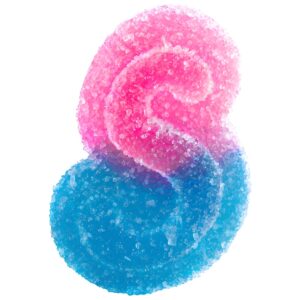
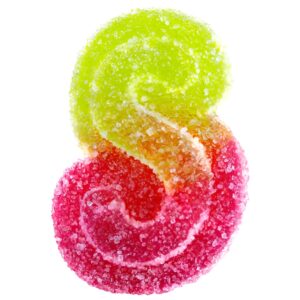
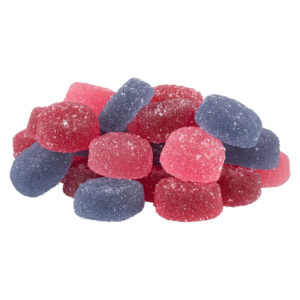
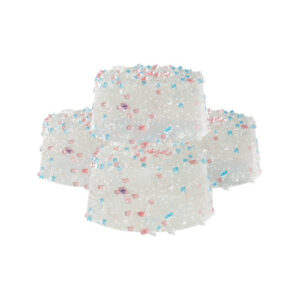

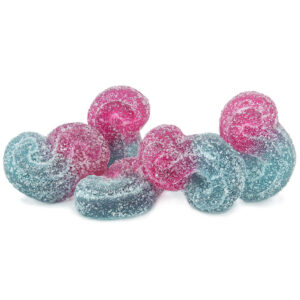
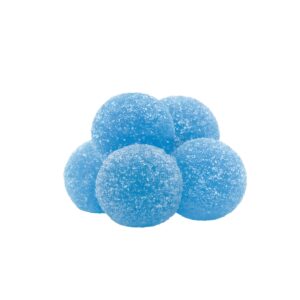

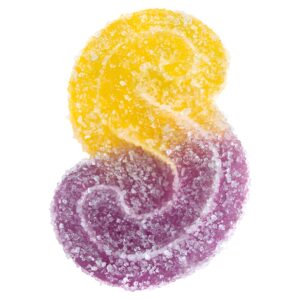



Reviews
There are no reviews yet.